How to Optimize Your Website for Voice Search SEO

(Source)
As technology evolves, information is getting easier and easier to find.
Video tutorials, eBooks, social media posts, Wikipedia — there’s a wealth of online learning opportunities out there to be discovered. But before users can come across these resources, most of them start with an idea in one hand and a search engine in the other.
According to statistics, a whopping 93 percent of all online experiences begin with search engines.
This shouldn’t really come as a surprise. Mobile users, for example, primarily depend on the built-in search widget on their device to search for information, be it traffic updates, cooking recipes, or local businesses.
Traditionally, all they needed to do was type in keywords that websites must optimize for in order to be visible. That’s why keyword research has been considered as the backbone of SEO (Search Engine Optimization) for as long as we can remember.
But now that voice recognition technology on smartphones is more capable than ever, users today would rather just talk to their phones than type on their keyboards.
This, in addition to the rising adoption of “smart speakers” like Amazon Echo and Google Home, has created a whole new ball game for brands and marketers, which is none other than voice search SEO.
The Rise of Voice Search SEO
As the name suggests, voice search SEO consists of tactics that improve a website’s discoverability to users who search the internet by talking to their device.
Statistics show that 40 percent of adults use voice search at least once per day. Alpine.AI, a conversational intelligence platform, estimates that there are now over a billion voice searches being done per month — making voice search SEO one of the hottest topics in the digital marketing sphere going into 2018.
So, how exactly does one take advantage of voice search SEO?
Here are the crucial strategies you need to remember:
1. Start with Local Search
Research from Think with Google reveals that 39 percent use voice search to look for local business information, such as open hours, store locations, and so on.
For local businesses, this means you should start prioritizing your local SEO efforts if you haven’t already. The first step is to make sure your business is listed in Google My Business — a tool that enables brands to establish their presence on Google products, particularly Google Maps.
The registration process for Google My Business is pretty straightforward. On the first page, you are required to enter your business name and read the Terms of Service.
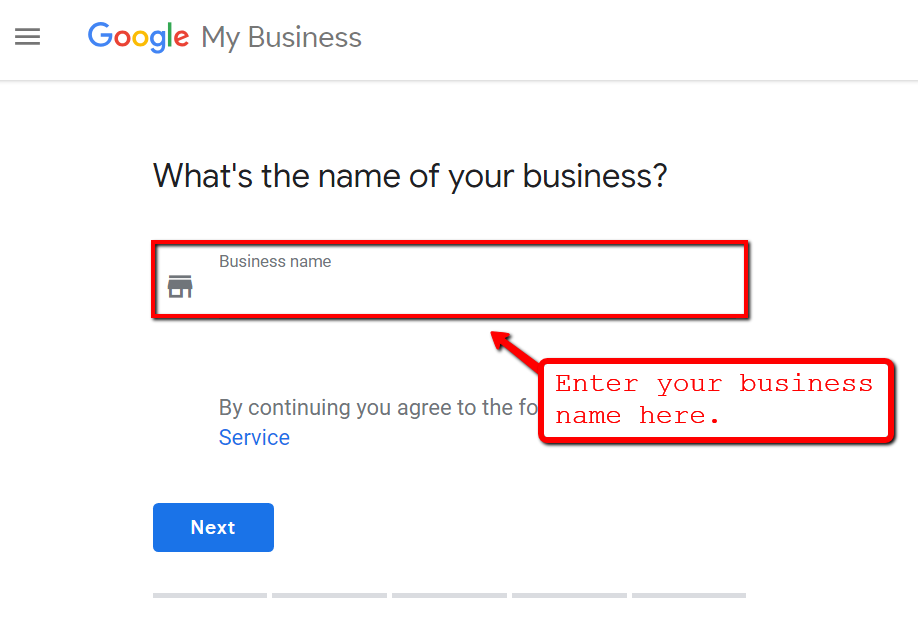
You’ll then be asked to supply necessary business information, including your address, business category, and phone number.
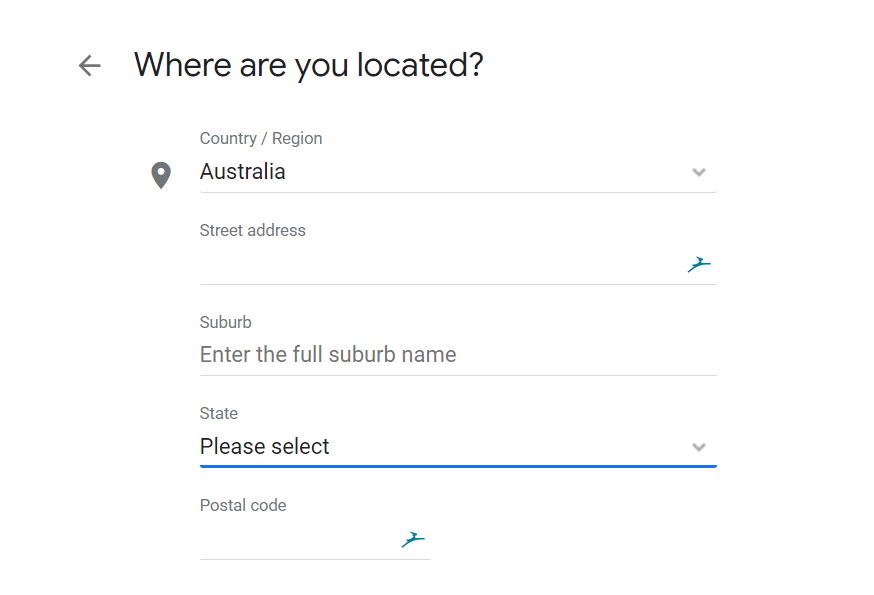
The most important step, however, is to verify your business via postcard, phone, email, or business listing. Just take note that some of these verification options aren’t available to certain business categories and locations.
Apart from being present on Google My Business, you should also look at other listings where your brand can be identified by voice searchers as a local establishment.
TripAdvisor, for instance, is an app that can also funnel results into Google Now searches. If you’re a hotel, then getting your business listed on TripAdvisor is a step in the right direction.
2. Answer Specific Questions
As far as local voice searches go, you should be aware that most users utilize “near me” keywords, not local keywords like “carpet cleaning Brooklyn” or “hairdressers Edinburgh.”
They also use voice search as if they’re asking a friend or another person a question. As such, you need to mold a content strategy around common questions your target users are asking.
You can start by looking for questions on Answer The Public — a content research tool that generates questions based on your target keywords.
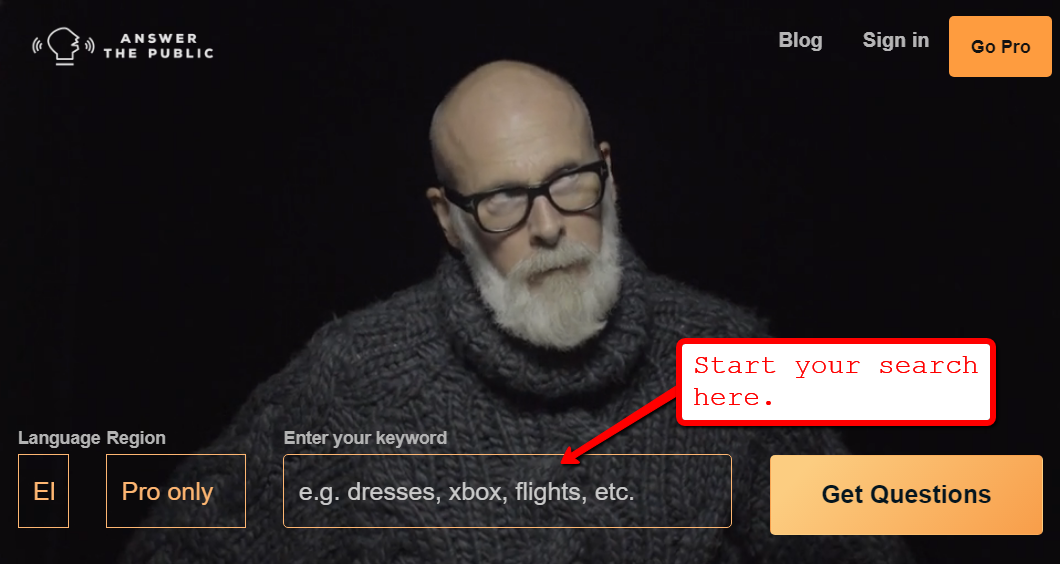
Answer The Public will then present the results either through a visualization or as organized lists. Feel free to pick as many questions as possible and structure them into a FAQ (Frequently Asked Questions) page.
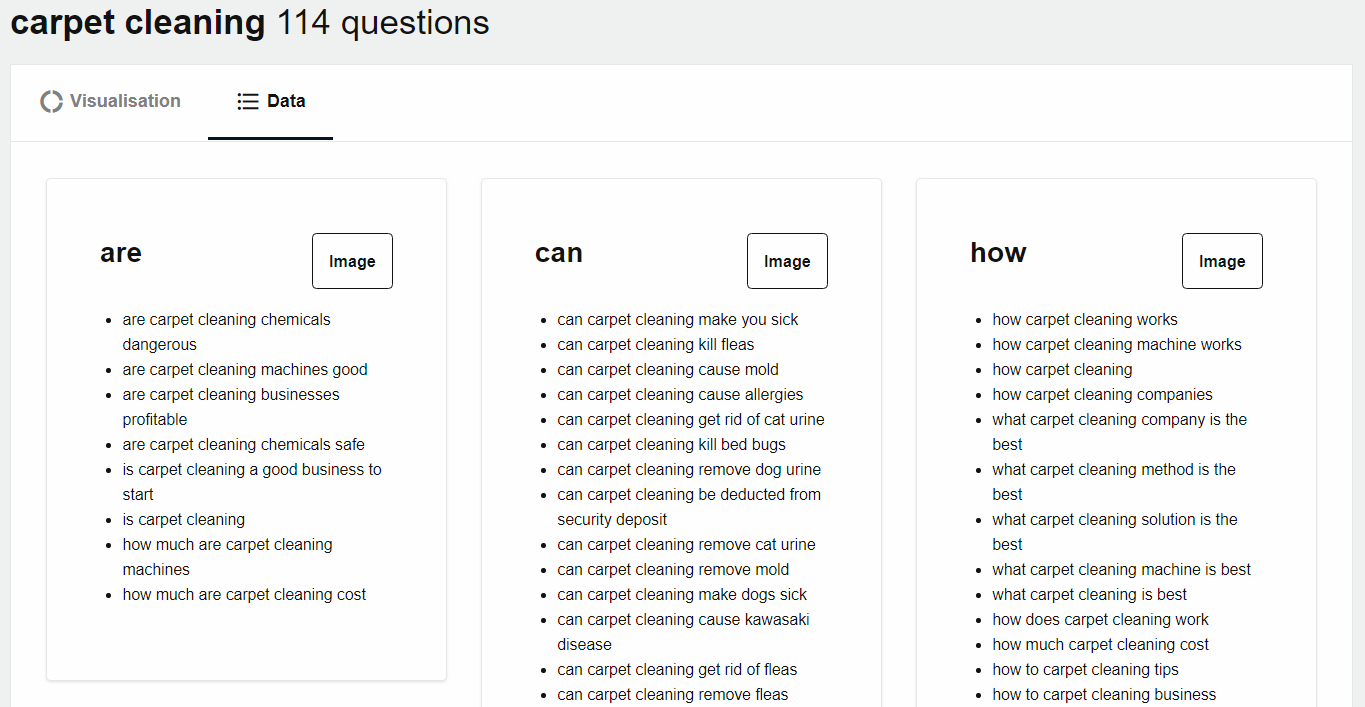
Here are a few additional tips when developing content that answers these questions:
- Include the question using the H2 (Header) tag
- Write the answer as clearly as possible — avoid fluff at all costs
- Improve your content’s visibility by optimizing for long-tail keywords
- Use a conversational tone to maintain engagement
3. Optimize Your Website’s Performance
Another way to improve your rankings in voice search results is to increase your website’s loading speed.
Research shows that the average voice search result loads in just 4.6 seconds — 52 percent faster than the average loading time of web pages. It’s also worth mentioning that 53 percent of mobile users would abandon a website if it takes more than 3 seconds to load.
To help your website run as smoothly as possible, you can use a performance optimization tool like Google PageSpeed Insights as a springboard. It works by scanning your website for issues that affect loading speed and providing actionable recommendations that will help you address them.
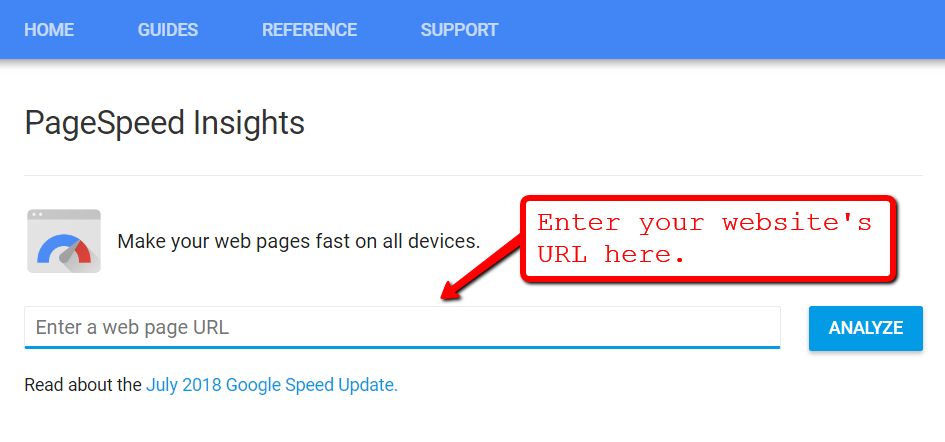
Once you have identified the performance-related issues detected on your website, it’s time to apply the “Optimization Suggestions” provided by the tool. Here are some of the strategies you can expect:
- Compress Your Images
Using a tool like TinyPNG, you can reduce the file size of your images without any perceivable changes in quality. - Minify Your Code
Just like images, JavaScript, CSS, and HTML codes also take up bandwidth and contribute to longer load times. You can optimize your custom codes with a tool like Minify Code. - Enable Browser Caching
Browser caching works by enabling the temporary storage of website data into the user’s browser memory. This can be implemented on your website through the .htaccess file or with tools like WP Rocket for WordPress.
Lastly, you may also consider using a CDN (Content Delivery Network) to streamline the delivery of your website data.
In simple terms, a CDN reduces loading times by leveraging a network of servers or “points of presence” that share the load of storing and delivering content. To make sure data transfers get little to no latency, users are always served information from the nearest point of presence.
Conclusion
Everybody knows that SEO is an ever-changing landscape, but voice search is one of the things that are definitely here to stay.
With the strategies above, your website should be more than equipped to cater to users who’d rather speak than type. Just remember to have a user-first approach and make sure everything is tailored to provide the best possible experience for your audience.
Guest Post: This article was written by Tim Greene and published as part of the Guest Post Series. Guest posts come from leading experts in business, marketing, and SEO. The series tries to bring a diverse range of perspectives on the critical issues of our time. The views expressed in this article are solely that of the author and do not necessarily represent the views or opinions of SEOLinkBuilding.Org.














Thanks for showing me useful information on your blog.
Brand Animators – Bringing Your Vision to Life with Innovative Video Solutions. From start-ups to large corporations, every business has a unique story to tell. At Brand Animators, our mission is to help you tell that story in a captivating and memorable way. As a top quality 3d, 2d animation video production company in Houston, Texas and best explainer video company in San Antonio, Texas and professional Healthcare & Medical animation video making studio in Dallas, Texas offer services such as 2d animation videos 3d animation videos, Motion graphics, 3d medical animation, Healthcare videos, Corporate films, Whiteboard animation videos, 3d Architectural walkthrough animation, Marketing and training videos, Product videos. And more! Whether you’re looking to promote your brand, educate your audience, or simply convey information in an engaging and visually appealing manner, Brand Animators has you covered. Our video solutions are tailored to your budget, timeline, and company objectives.